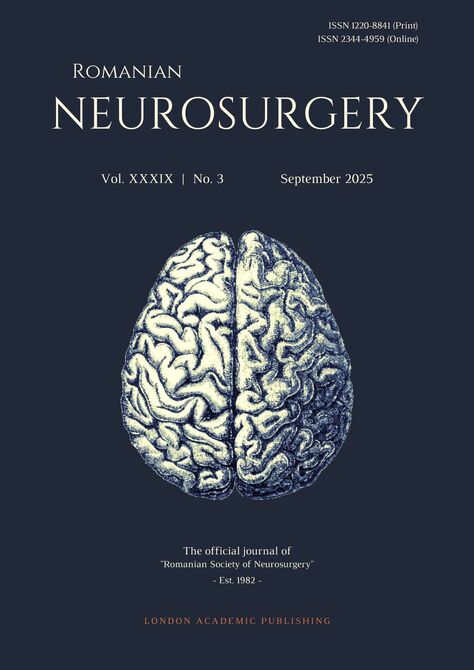Abstract
Cerebral aneurysms at the posterior cerebral artery (PCA) are rare, accounting for < 1% of all intracranial aneurysms and about 7% of the posterior circulation aneurysms. Aneurysms are seen rarely at the P2–P3 junction of PCA; few patients have been reported in the literature because of the low incidence of aneurysms at this location. P2–P3 junction aneurysm surgery is challenging. They are usually managed by the subtemporal approach. This is a case report of rupture saccular aneurysm of the posterior cerebral artery on P2–P3 junction, revealed in a 46-year-old male suffering from subarachnoid haemorrhage; on Computed tomography (CT) scan, and cerebral angioscan. Successful clip occlusion of the aneurysm was performed via a subtemporal approach without additional neurological deficits or surgical complications. P2–P3 junction PCA aneurysms can be successfully clipped via the subtemporal.















